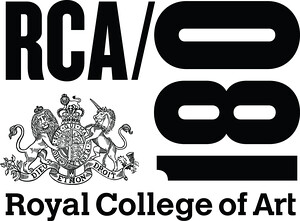“The Eyes Have It and the Eyes Always Will”
David Burns responds to Boris Groys, “Self-Design, or Productive Narcissism”
“In 1977, Susan Sontag observed that situations were increasingly being mediated by, or in fact created by the camera. Despite their disparity, events become unified by the camera for the sake of the photograph. Sontag called it a ‘chronic voyeuristic relation to the world.’ The pervasive eye of the camera becomes self-fulfilling; seeing the event, being seen by the event, and ultimately creating the only remnant of the event. The eyes have it and the eyes always will.
Substitute tweet for photograph and Sontag seems to have predicted the phenomenon that Boris Groys calls ‘self-design’: the impulse to create a deliberate, idealized online personality. What Sontag could never imagine is the level at which twenty-first century power, celebrity, and economics would rely on the successful creation of an online persona and the distressing results achievable to those with the greatest ability. Capitalism has metastasized such that the production of tangible material is no longer necessary; simply mastering Twitter is a viable business plan (or political strategy). And while many critics have voiced clear warnings about online celebrity, peak self-design seems nowhere in sight.”
“Eternally New”
Pierre Shaw responds to Franco “Bifo” Berardi, “Engineering Self”
“In today’s digital world we understand the body first and foremost as an image-entity. Our two-dimensional bodies are exploited to unchartered ends online, thus becoming political. Berardi uses Alejandra López Gabrielidis’ argument to claim that reification ‘spawns from the perception of body as [an] external thing.’ The replay of big data collected on human interactions and behavior forms a reflective mirror of the body, allowing its image to be judged independently.
Imagery forms the basis of the political by creating tensions, contradictions and complexities between actors, each in and of themselves full of historical meaning. The body-as-image is a place from which both inward- and outward-oriented perceptions initiate; a place from which the ego originates as a surface projection onto the other. It is plastic and adaptable, manipulated both consciously and unconsciously, formed both by the other and the imposition of time.”
Superhumanity conversations is a collaboration between e-flux Architecture and the Royal College of Art School of Architecture.


